How to Do an Anti-Inflammatory Diet to Calm Inflammation
Ali Segersten Apr 14, 2025 1 comment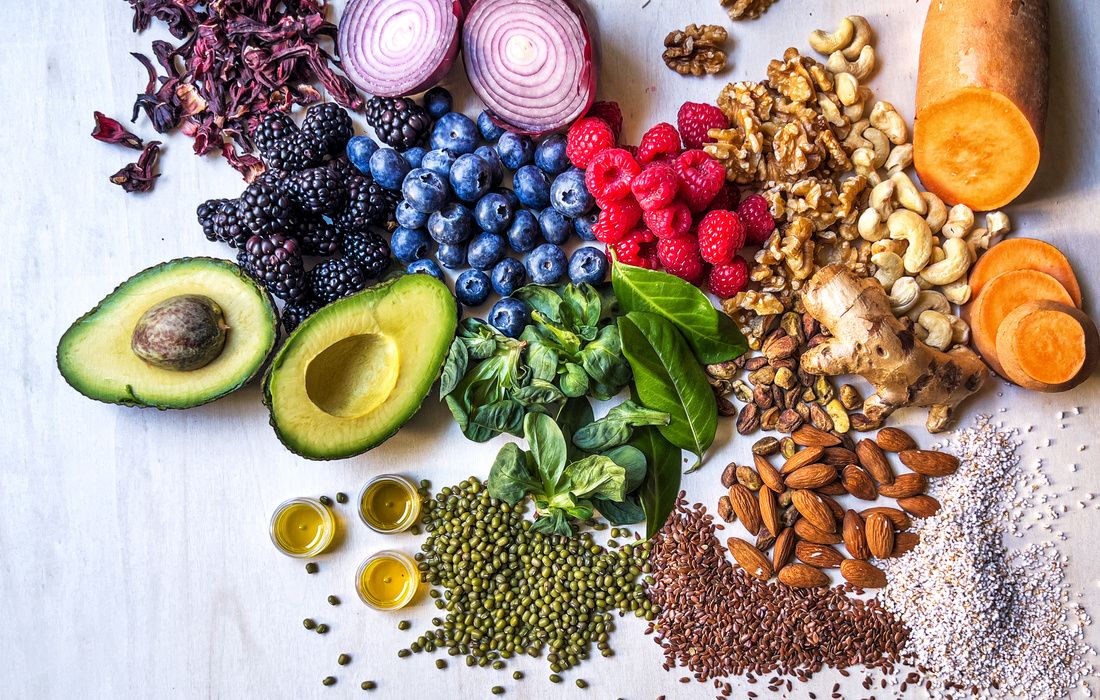
Our bodies are always speaking to us. And at some point, the signs become too loud to ignore. We wake up tired. Our digestion feels off. We are holding on to extra weight. Our skin flares, our moods swing, and we barely recognize the energy we once had. We know we aren’t eating the way we should—but we also don’t know where to begin. It all feels overwhelming, so we keep putting it off.
And eventually, we begin to wonder...
“Is this just how I’m supposed to feel now?”
The answer is no.
And this isn’t just aging.
You’re likely inflamed.
And food may be one of the most powerful levers you haven’t fully explored yet.
Many of the symptoms we’ve come to normalize—fatigue, brain fog, aches, bloating, irritability—are signals of chronic inflammation. And one of the most effective ways to calm that fire is with food.
The Truth About Inflammation
Inflammation is your body’s built-in alarm system—an intelligent, protective force designed to keep you safe. When you catch a virus, sprain an ankle, or get a splinter, inflammation springs into action, mobilizing your immune system to heal damaged tissues and neutralize threats. In these acute moments, inflammation is brilliant. It saves your life.
But what happens when the alarm never shuts off?
When you’re bombarded day after day by processed foods, hidden food sensitivities, chronic stress, poor sleep, environmental toxins, and the emotional weight of unresolved experiences, this once-protective mechanism becomes dysregulated. Instead of healing, it begins to harm.
Inflammation shifts from acute to chronic—low-grade, invisible, and constant.
Like a fire smoldering beneath the surface, it doesn’t scream. It simmers.
And that quiet simmer begins to erode your energy, your clarity, and your resilience.
This is inflammation in its most deceptive form—subtle, systemic, and deeply disruptive.
The science is clear: chronic inflammation is a root cause of nearly every modern disease—from autoimmune conditions and cardiovascular disease to fatigue, depression, insulin resistance, and neurodegeneration. It affects not only your body, but your brain, your mood, your metabolism, and your hormones.
But even before disease is diagnosed, we feel it in softer, more insidious ways:
- Waking up already tired
- Puffiness that won’t go away
- Food that feels heavy in your gut
- Mood swings, irritability, or low-grade anxiety
- A fog that drifts in and won’t lift
- A quiet knowing that something is…off
And yet, this state is so common, it gets normalized. We’re told it’s aging. Or hormones. Or “just stress.”
But what if these symptoms aren’t random or inevitable?
What if they’re your body speaking—gently at first, then louder—asking you to shift the terrain?
When you remove what inflames and replace it with what heals, you begin to cool the fire. And when that happens, something incredible begins to return: clarity, lightness, and vitality.
The truth is, this kind of inflammation often doesn’t show up on standard labs. But it shows up in your life.
- Afternoon energy crashes
- Achy joints, even without an injury
- Skin that flares for no reason
- Gut issues that come and go
- Depression or brain fog that descends like a curtain
- A body that feels heavy…disconnected…or stuck
Most people live with these symptoms for years—because no one ever taught them that food can ignite or extinguish the internal fire.
Once you see it, you can’t unsee it.
And once you begin to change it, your body will remember how to heal.
Why Removing Inflammatory Foods Matters
You can eat the most beautiful, nutrient-dense meals…but if you're still consuming foods your body is reacting to—even in small amounts—you may stay stuck in a cycle of inflammation.
Scientific research confirms that daily consumption of foods your immune system is reacting to (as well as highly processed foods, sugar, and alcohol) can:
- Damage the gut lining and increase intestinal permeability, allowing toxins and food particles into your bloodstream
- Disrupt the gut microbiome and contribute to bacterial overgrowth
- Trigger inflammatory cytokines like TNF-α and IL-6, which influence pain, mood, and metabolism
- Interfere with nutrient absorption, keeping you malnourished even when you eat “healthy”
This is why so many people feel depleted, bloated, or brain-fogged despite eating a clean diet—because healing doesn’t happen until the inflammation is turned down.
So you could be eating all the blueberries and turmeric in the world… but if you haven’t removed the inflammatory triggers, your body remains stuck in survival mode.
This is why you still feel depleted—even when you eat “healthy.”
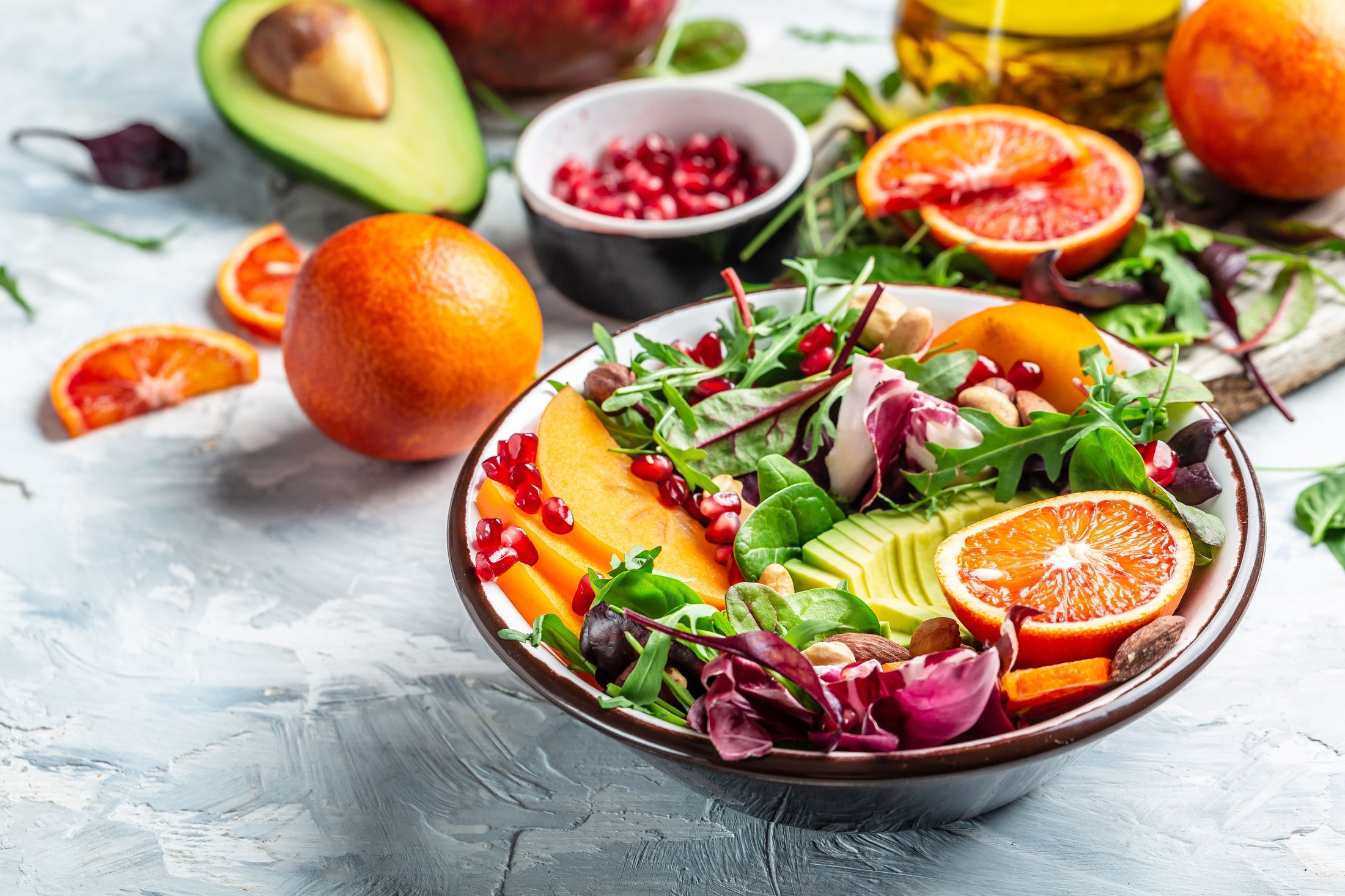
What is the Anti-Inflammatory Diet?
The Anti-Inflammatory Diet is a therapeutic, whole foods-based plan designed to calm inflammation in the body and support deep healing. It emphasizes three core strategies: removing highly processed foods, balancing blood sugar levels, and eliminating common food triggers known to activate immune responses.
By shifting away from foods that promote inflammation—such as refined sugar, gluten, dairy, corn, soy, alcohol, and processed meats—and replacing them with vibrant, anti-inflammatory ingredients, this diet becomes a powerful tool for resetting your health and restoring energy.
Every time you eat, you send messages to your genes. You either activate inflammatory pathways or turn them down. This food plan invites you to make daily choices that bathe your body in nutrients shown to lower inflammation—like turmeric, green tea, berries, leafy greens, ginger, and wild salmon—turning every bite into an opportunity for healing.
Coming Home to Your Body Through Food
This way of eating isn’t about cutting out foods forever or following a rigid plan.
It’s about remembering.
Reconnecting.
Returning to the way your body is designed to thrive.
When you stop feeding inflammation and begin nourishing your body with what it truly needs, your body responds almost immediately.
The fog begins to lift.
Digestion strengthens.
Energy starts to return.
And you start to remember what it feels like to feel good.
How Do I Begin an Anti-Inflammatory Diet?
The Anti-Inflammatory Diet is a system of nourishment that calms the immune system, balances blood sugar, and floods your body with the nutrients it needs to remember its brilliance.
For best results, follow this way of eating for a minimum of 6 to 12 weeks. This gives your immune system time to calm, allows your gut to begin rebalancing, supports gradual nutrient repletion, and helps your body become revitalized.
After this initial period, you can slowly reintroduce the foods you eliminated to see how your body responds. This contrast offers powerful insight—and can guide you toward more informed, supportive food choices going forward.
You’ll begin to swap:
- Fried foods → sautéed greens in olive oil
- Wheat pasta → zucchini noodles or wild rice
- Cheese → creamy cashew sauces or fresh herbs
- Caffeine crashes → herbal teas and golden broths
- Convenience → confidence in your kitchen
Foods to Eat on the Anti-Inflammatory Diet:
- All vegetables (except corn)
- Fresh or frozen fruits
- Wild or pasture-raised meats (except pork)
- Cold-water wild-caught fish and seafood (e.g., salmon, sardines, mackerel)
- Whole gluten-free grains (e.g., brown rice, black rice, quinoa)
- Legumes (excluding soy)
- Raw nuts and seeds (fresh, non-rancid)
- Healthy oils (extra virgin olive oil, avocado oil, coconut oil)
- Occasional use of raw honey or pure maple syrup
- Unsweetened pomegranate or cranberry juice (small amounts)
- Green tea and herbal teas (no added flavorings)
- Fermented vegetables and probiotic-rich foods
Foods to Avoid on the Anti-Inflammatory Diet:
- Gluten (wheat, rye, barley, spelt)
- Dairy (cow and goat milk and their products)
- Soy (tofu, tempeh, edamame, soy milk, soy protein)
- Corn (including masa harina, cornmeal, popcorn, corn syrup)
- Pork (including bacon and processed pork products)
- Refined sugar and high-glycemic sweeteners
- Alcohol (all types)
- Processed foods (including store-bought gluten-free snacks)
- Processed meats (sausages, salami, deli meats)
- Rancid oils (found in roasted nuts, old cooking oils, and aged seeds)
The Benefits of an Anti-Inflammatory Diet
The benefits of this diet extend far beyond symptom relief. By turning off inflammatory pathways and restoring immune balance, you create a foundation for lifelong wellness, hormone harmony, and even emotional resilience.
Within days, you may begin to notice:
- Lighter digestion
- More stable energy
- Less joint pain
- A calmer mind
- Fewer cravings
- Clearer skin
- Better sleep
- And a quiet sense of hope returning
Download the Anti-Inflammatory Diet Guide
Looking for a clear, science-backed resource you can keep close at hand? This free Anti-Inflammatory Diet Guide will show you how to calm inflammation and reclaim your vitality using the power of food every single day.
Inside, you’ll find:
- A list of foods to enjoy and foods to avoid for reducing inflammation
- Practical swaps to make your meals more healing
- Inspiring benefits you may notice when inflammation cools
- A clean, visual layout you can print, post, or keep on your device for easy reference
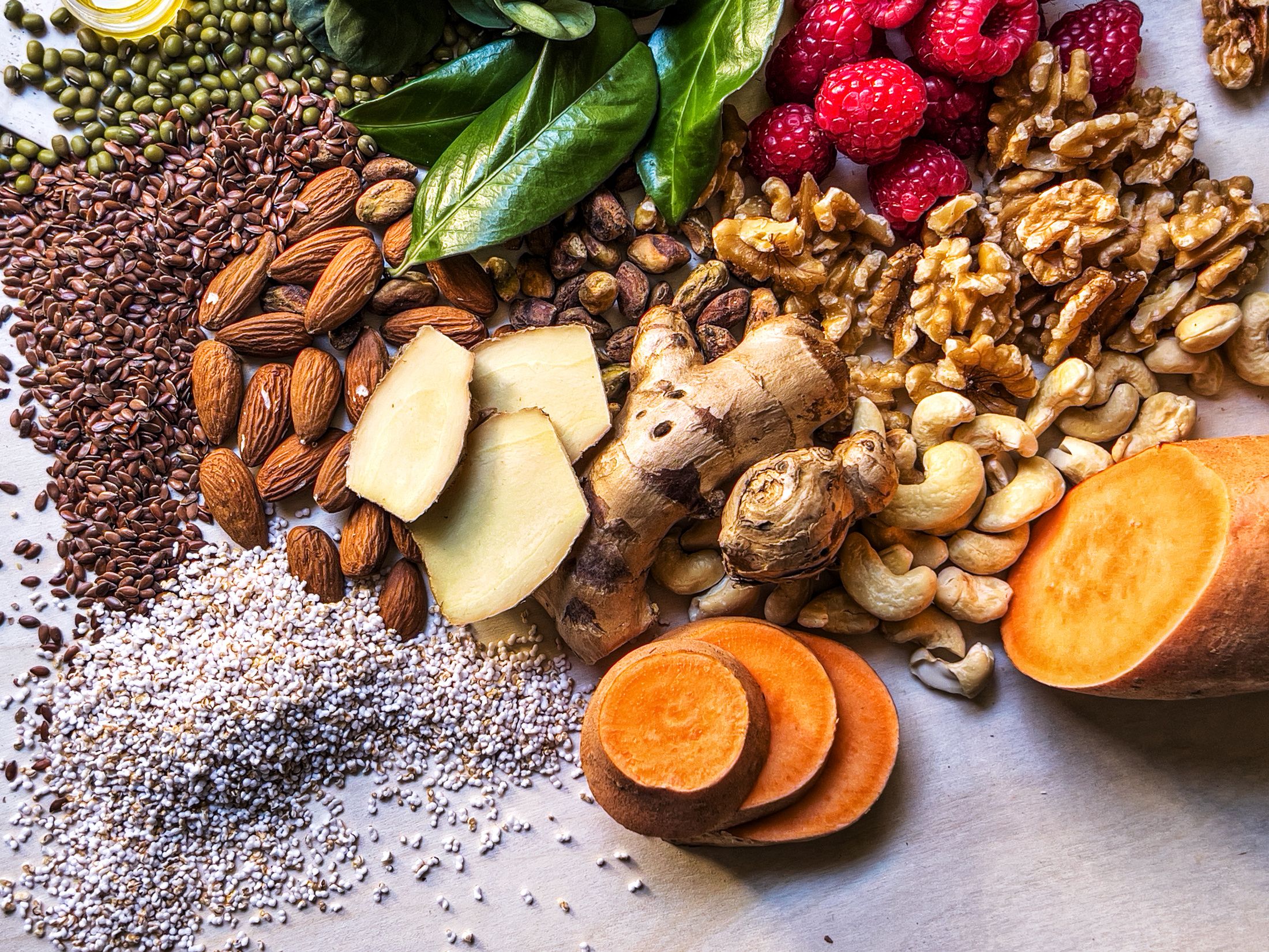
Ready to Cool the Fire and Feel Like Yourself Again?
Letting go of familiar habits and your known comfort zone is never easy. Stepping into a new version of yourself requires patience, consistency, and support.
But the transformation that follows is worth every small shift.
Try Nourishing Meals® and discover how simple—and deeply healing—it can be to reduce inflammation and nourish your body, every single day.
Select "Anti-Inflammatory Diet" in your diet profile to instantly access hundreds of targeted recipes, curated meal plans, and personalized grocery lists designed to support your healing journey, one step at a time.
Your Invitation
If your body is asking for something different…listen.
If you're feeling called to come home to yourself through food…trust that call.
And if you're ready to stop guessing, and start reclaiming your energy, your clarity, and your sense of wholeness…this is your moment.

About the Author
Alissa Segersten, MS, CN
Alissa Segersten, MS, CN, is the founder of Nourishing Meals®, an online meal-planning membership with over 1,800 nourishing recipes and tools to support dietary change and better health. As a functional nutritionist, professional recipe developer, and author of The Whole Life Nutrition Cookbook, Nourishing Meals, and co-author of The Elimination Diet, she helps people overcome health challenges through food. A mother of five, Alissa understands the importance of creating nutrient-dense meals for the whole family. Rooted in science and deep nourishment, her work makes healthy eating accessible, empowering thousands to transform their well-being through food.Nourishing Meals Newsletter
Email updates.
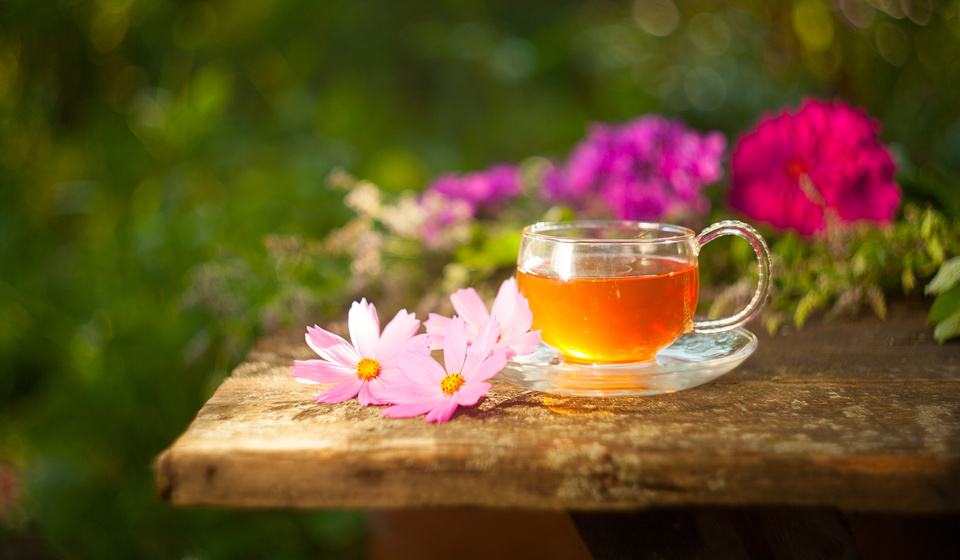

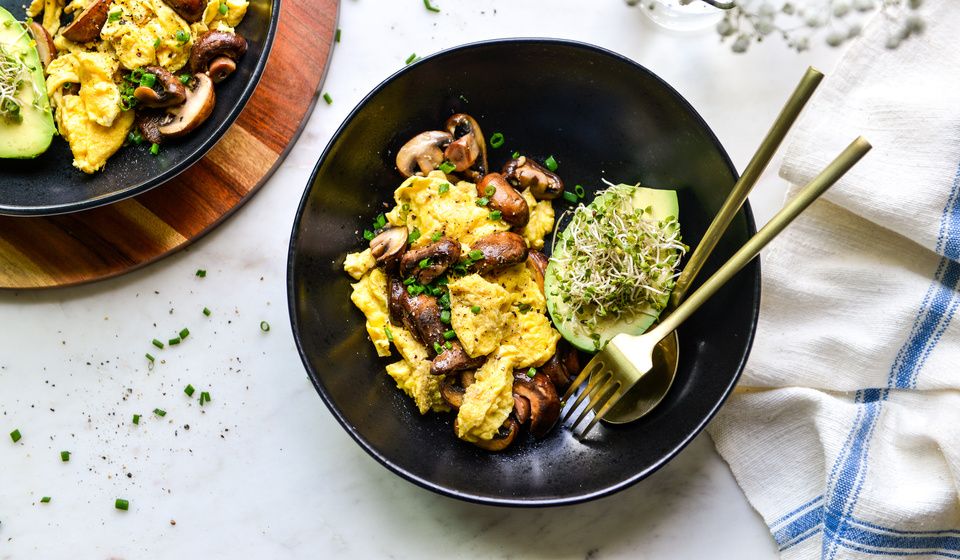
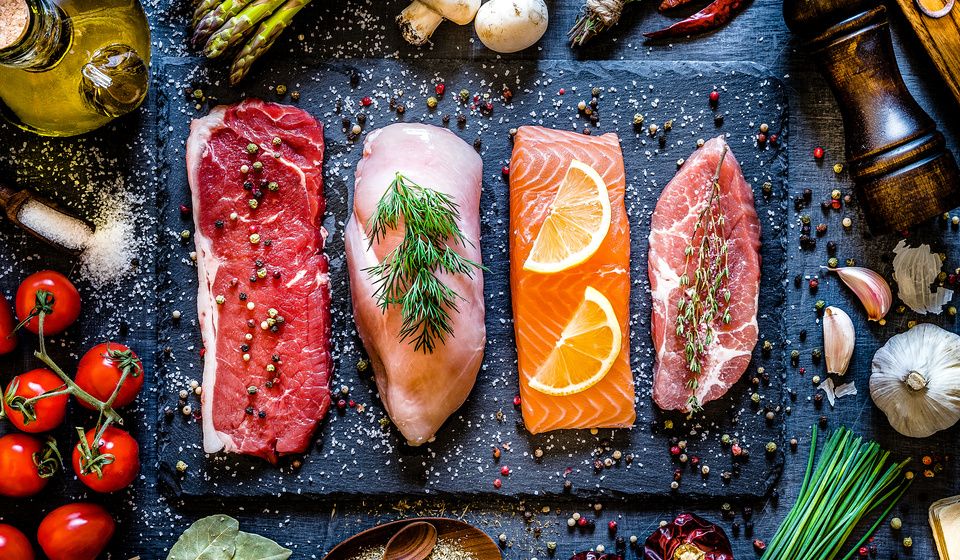
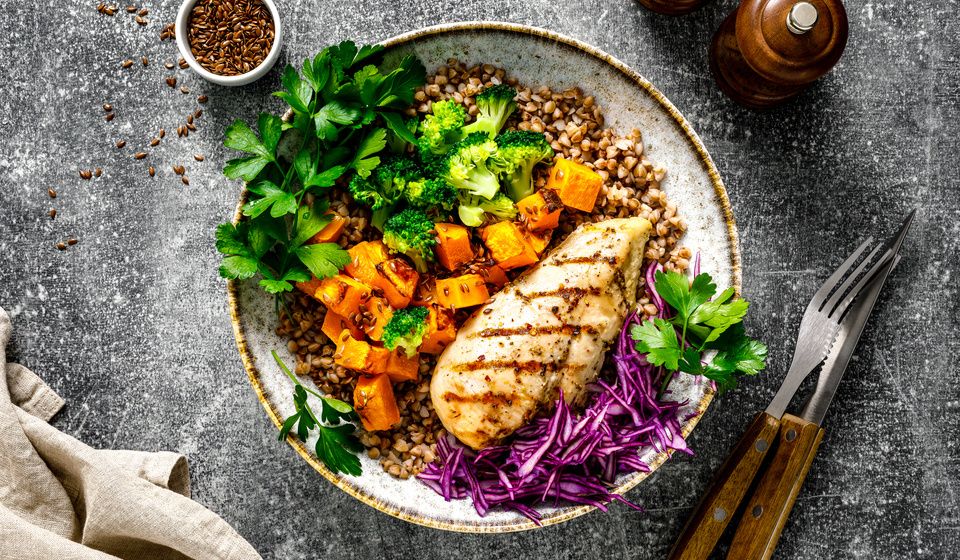
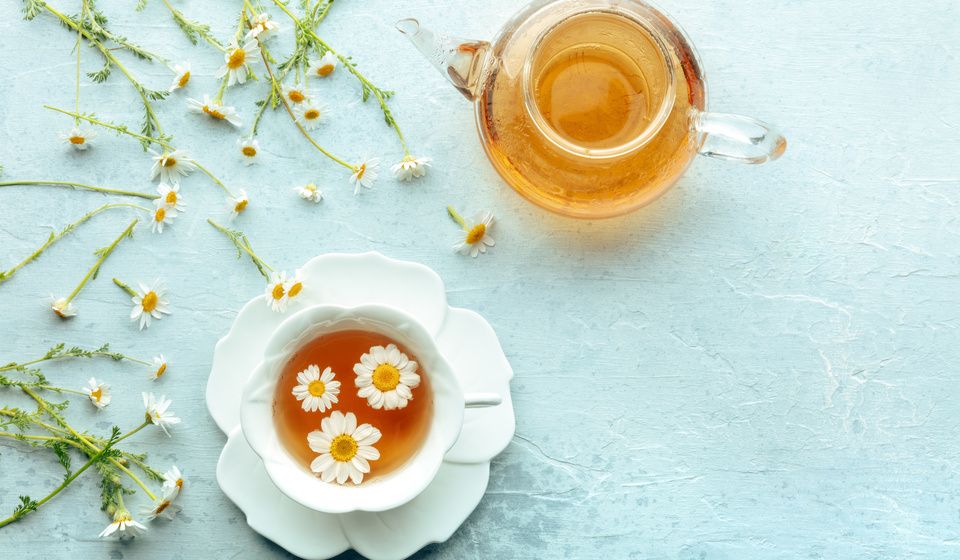
Add Comment
Comments
Anti inflammatory diet
Anti inflammatory diet